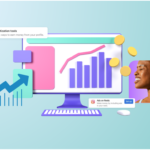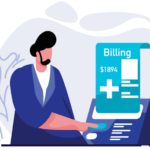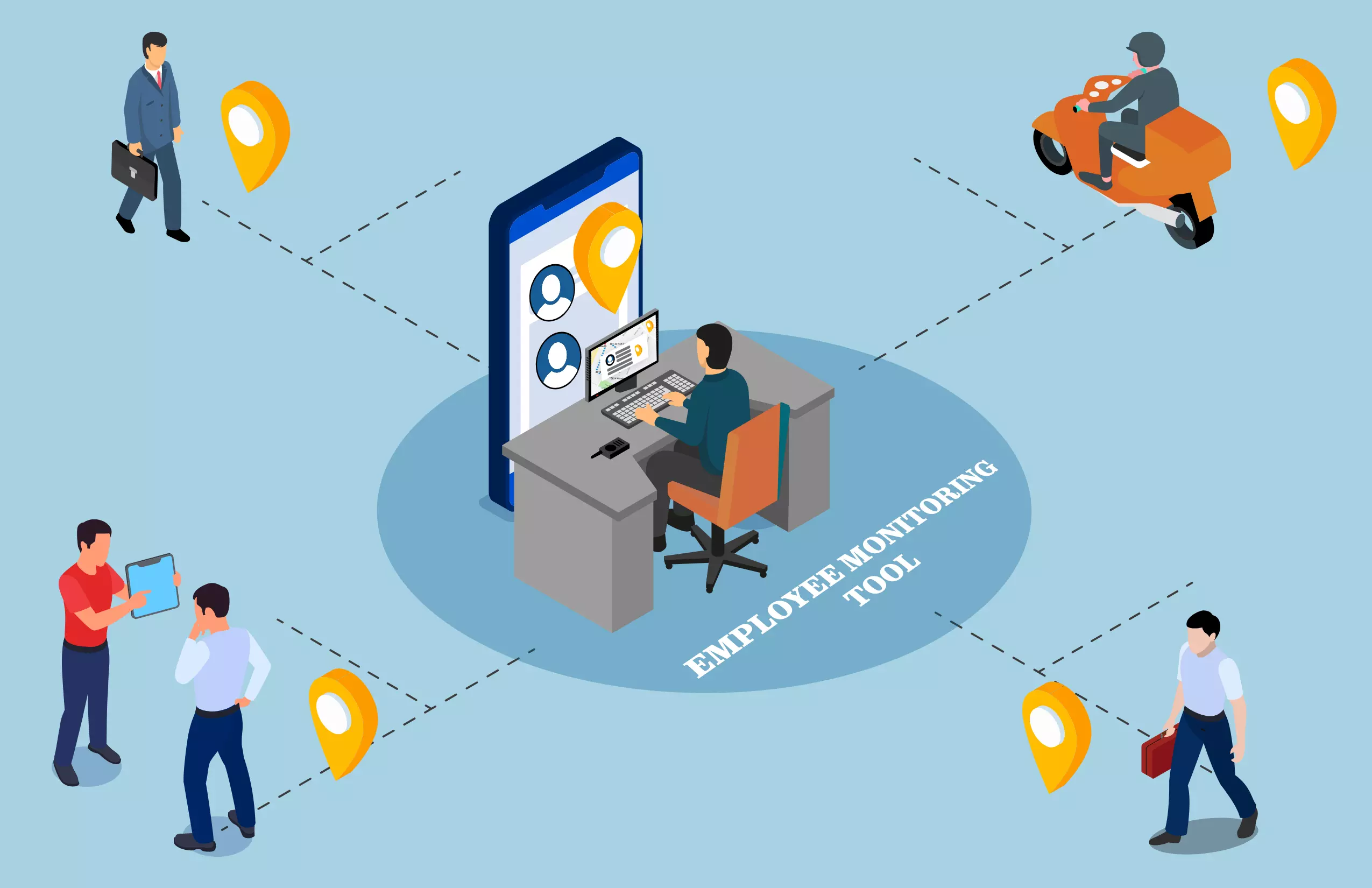In today’s fast-paced business environment, organizations are increasingly turning to technology to enhance productivity and efficiency. One significant advancement in this regard is Employee Monitoring Software. This software enables employers to track, analyze, and optimize their employees’ performance, ensuring that both productivity and security are maintained. As remote work becomes more prevalent, these tools have become essential for managing teams effectively.
In this guide post, we’ll explore the seven essential features of employee monitoring tools that can significantly boost workplace efficiency while addressing common concerns about privacy and compliance.
Understanding Employee Monitoring Software
Employee Monitoring Software is designed to help organizations keep track of their employees’ activities during work hours. It plays a crucial role in modern businesses by providing insights into work habits, identifying inefficiencies, and ensuring compliance with company policies. By using this software, employers can gain a clearer understanding of how time is utilized across various tasks and projects, leading to better management decisions.
The significance of employee monitoring cannot be overstated. It not only improves productivity but also enhances security by monitoring for potential data breaches and ensuring compliance with regulations. For those interested in exploring the best employee monitoring software, options like Kickidler provide comprehensive solutions that cater to various business needs.
1. Time Tracking
One of the most fundamental features of employee monitoring tools is time tracking. This feature allows organizations to monitor when employees start and finish their work, as well as how long they spend on specific tasks. By having detailed time logs, managers can identify patterns and allocate resources more efficiently. This insight helps optimize work schedules and ensure that projects are completed on time.
2. Screen Monitoring
Screen monitoring enables employers to view employees’ computer screens in real time. This feature is particularly useful for ensuring that employees are focused on their tasks and not engaging in non-work-related activities. While some may view this as intrusive, it can foster accountability and help identify areas where employees may need additional support or training.
3. Activity Logging
Activity logging provides a comprehensive record of the applications and websites accessed by employees during work hours. This feature is essential for understanding how time is spent and identifying any inefficiencies. By analyzing activity logs, managers can pinpoint distractions and work with employees to develop strategies for maintaining focus.
4. Reporting and Analytics
Robust reporting and analytics features are key components of effective employee monitoring software. These tools generate detailed reports on various metrics, such as productivity levels, time spent on tasks, and overall performance. Such insights empower managers to make data-driven decisions, enhancing both productivity and operational efficiency.
5. Remote Work Management
With the rise of remote work, employee monitoring tools have adapted to help organizations manage distributed teams. Features like remote desktop access and mobile monitoring allow managers to oversee their employees regardless of their location. This ensures that remote workers remain accountable and engaged, ultimately boosting overall productivity.
6. Compliance and Security Features
Compliance with data protection laws is a significant concern for organizations using employee monitoring software. Therefore, these tools must include compliance features that help businesses adhere to regulations while maintaining employee privacy. This might involve anonymizing data or providing options for employees to opt-in to monitoring.
7. Alerts and Notifications
Employee monitoring tools often include alerts and notifications to keep employees informed about their productivity levels. For instance, if an employee spends too much time on non-work-related tasks, they might receive a notification to refocus. This feature promotes self-regulation and encourages employees to be more mindful of their work habits.
Benefits of Employee Monitoring Software
The benefits of using employee monitoring software extend beyond mere oversight. Here are some key advantages:
- Increased Productivity: With clear visibility into work patterns, employees can optimize their tasks, ultimately leading to higher productivity levels.
- Reduced Operational Costs: By identifying inefficiencies, organizations can streamline processes and reduce wasted resources.
- Improved Remote Work Management: Monitoring tools provide managers with the oversight needed to ensure remote teams are engaged and productive.
Addressing Compliance and Privacy Concerns
While the benefits are substantial, concerns about privacy and compliance must be addressed. Ethical use of employee monitoring software is essential. Organizations should communicate transparently with employees about monitoring practices, ensuring they understand the purpose and scope of the monitoring. This approach fosters trust and minimizes potential backlash.
Real-World Use Cases
Different industries can benefit from employee monitoring software in various ways. For example:
- IT Companies: Use monitoring tools to track project progress and ensure that deadlines are met.
- Retail: Monitor employee productivity during peak hours to optimize staffing.
- Remote Teams: Ensure that employees working from home remain engaged and productive through continuous monitoring.
Choosing the Right Employee Monitoring Software
When selecting employee monitoring software, consider the following factors:
- Scalability: Ensure the software can grow with your organization.
- Integrations: Look for tools that can integrate with existing systems for seamless operation.
- User-Friendliness: Choose a solution that is easy for both managers and employees to navigate.
Implementation Best Practices
Successful implementation of employee monitoring software involves clear communication. Organizations should explain the benefits of monitoring to employees and provide training on how to use the tools effectively. This transparency is key to gaining employee buy-in and ensuring a smooth transition.
Current Trends and Future Outlook
As the workplace continues to evolve, so too does employee monitoring software. Current trends include increased use of artificial intelligence and automation to enhance monitoring capabilities. Future developments may focus on ensuring even greater compliance with privacy laws while providing deeper insights into employee performance.
FAQs
Is employee monitoring software legal?
Yes, employee monitoring software is legal, but organizations must adhere to privacy laws and regulations. It’s essential to inform employees about monitoring practices.
How can employee monitoring software improve productivity?
By providing insights into work habits and identifying inefficiencies, employee monitoring software helps organizations optimize processes and enhance productivity.
What industries benefit most from employee monitoring tools?
Industries such as IT, retail, and remote work environments can benefit significantly from employee monitoring tools by optimizing productivity and managing resources effectively.
How do I choose the right employee monitoring software?
Consider factors such as scalability, user-friendliness, and integration capabilities to select the most suitable employee monitoring software for your organization.
Conclusion
In summary, employee monitoring software is an invaluable tool for organizations aiming to boost workplace efficiency. With features such as time tracking, screen monitoring, and robust reporting, these tools provide insights that empower managers to make informed decisions. While it’s crucial to address privacy and compliance concerns, the benefits of increased productivity, reduced operational costs, and improved remote work management make investing in employee monitoring software a wise choice for modern businesses. As we advance into an increasingly digital workplace, these tools will play a pivotal role in shaping the future of work.

















